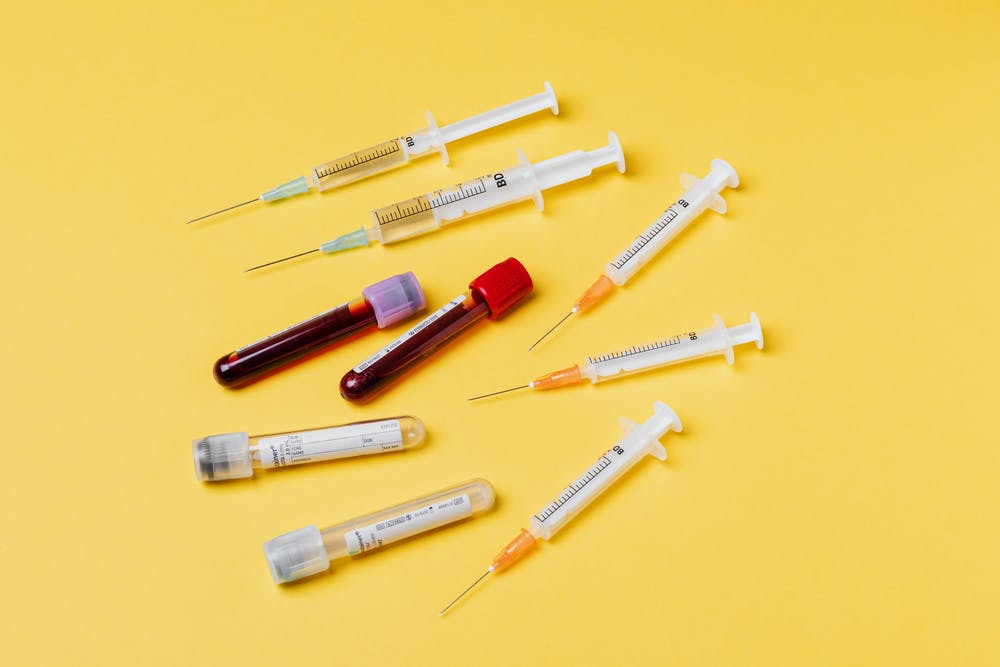A lot has been made of the President’s claim that we should “slow the testing down,” a claim that he doubled down on in subsequent remarks to reporters. Most commentators state that he’s under the mistaken impression that if we just don’t look at the problem, it’ll go away.
But I follow a bunch of virus skeptics on Twitter and in other venues, and based on what I see from them I think I understand the reasoning behind the president’s remark. The evidence leads experts to believe he’s wrong, but it’s not the logic of a small child who thinks if he doesn’t look at a problem then it stops existing. Rather, there is an actual school of thought behind this, and there are numbers and charts and graphs, and some very smart (but wrong) people are involved in it.
I want to unpack all this not to take a side in or stir some political debate, but because it’s important for everyone who’s monitoring the pandemic and preparing for what’s next to understand that there is an informed and sophisticated community of virus skeptics, that there’s a story they’re telling themselves and anyone who’ll listen, and that this story is driving the US response to the virus at the highest levels.
What the virus skeptics are thinking
The story the virus skeptics are currently telling goes something like this:
- The outbreak actually peaked in March, and at far higher numbers than we know about. The cases were probably in the millions, and were undercounted by an order of magnitude.
- We didn’t know about this uncounted mountain of cases because the virus is very mild, probably milder than seasonal flu, and the vast majority have no symptoms. Unless you’re very old or otherwise compromised, in which case it actually is kind of deadly.
- The number of uncounted cases has been dropping dramatically as the outbreak fizzles, and you can see this in the ongoing drop in deaths. (Nationally, deaths are still dropping despite the upturn in cases.)
- Therefore, the rise in detected cases is simply because we’re doing a bunch of track-and-trace and testing, which is leading us to uncover all these previously undetected cases that were out there.
So the bottom line of all of the above, is that if we weren’t sending “hotspot hunters” (a real term I’ve come across) to do contact tracing and find all the remaining pockets of infections, we wouldn’t be seeing these alarming rises in case counts. By this logic, this “phantom” rise in apparent cases (remember, really we’re just finding more old cases that are mild) is giving rise to media hysteria and economic devastation.
you've all heard of perpetual motion, but watch as #Karen invents "perpetual lockdown."
this is what happens when math standards slip in schools… pic.twitter.com/v1iV8ya65n
— el gato malo (@boriquagato) June 25, 2020
At this point, goes the reasoning, the economic damage from the “fake” rise in cases is far worse than any damage from the very mild virus, so we need to just quit testing. Or at least slow it down. That way, the perception will begin to match the reality of the fact that the pandemic peaked months ago and is now basically over. We can all get back to work, and things will be normal, again.
The argument: this rise in cases is ‘fake’
Once you understand the above background, the President’s subsequent remarks in an interview begin to make sense as something other than blind head-in-the-sand-ism. From the CNN article linked above:
“No,” he answered, “but I think we put ourselves at a disadvantage, I told my people. I said, ‘We’ve gotten so good at testing … We test much more than any other nation,’ so you hear about all these cases.”
“So, instead of 25 million tests, let’s say we did 10 million tests. We’d look like we were doing much better because we’d have far fewer cases. You understand that,” Trump told CBN. “I wouldn’t do that, but I will say this: We do so much more than other countries it makes us, in a way, look bad but actually we’re doing the right thing.”
Trump also said his comment in Tulsa was “semi-tongue in cheek” and asserted that “when you do more testing you find more cases.”
“We have kids, with sniffles, and all of the sudden we report a case and they’re in no danger whatsoever,” the President added.
To be clear, the above is still head-in-the-sand-ism, but it reflects a sophisticated head-in-the-sand-ism that’s being earnestly promoted by a crowd that includes some prominent medical professionals in the US and abroad. The government of Sweden, for instance, has been operating on a variation of the above story.
What's happened in Sweden is crystal clear, as it has happened out in the open: the Swedes thought & said the virus was very weak & already quite widespread, and that assumption was the basis of their strategy & projections.
It turns out they were wrong.https://t.co/lecQxpqVS5
— jonstokes.(eth|com) (@jonst0kes) May 26, 2020
If you want a good, brief summary of this virus skeptic case, this Medium post is a great place to start.
I’ve also gone ahead and made my Virus Skeptics list public. So if you really want to go down the rabbit hole, then you can scroll that list and get an eyeful of it.
The website unherd.com features a number of video interviews with the more impressively credentialed virus skeptics, and these often circulate among this crowd. This page especially has a bunch of the popular COVID-19 skeptic videos on it.
I am not planning to engage with any of this in detail, because the only part of it that’s interesting to me is the ongoing decline in fatalities. I think that’s due to a mix of lag (it takes weeks for people to die of COVID-19) and the fact that the new cases skew far younger (younger people are less likely to die.) But I expect that fatality curve will turn back up before July is over — if not nationally then in the hotspots.
What to expect in the next few weeks
My guess: the next three or four weeks (at the most) will put an end to this particular narrative. Once deaths start to rise again, we’ll see this crowd switch to something else. But I’d rather spend time helping people prepare for what’s next than debunk this kind of thing.
But still, I wanted to highlight that the president’s remarks actually have their origin in a community of skeptics that has a coherent (but mistaken) view of the state of the pandemic and of what’s at stake in the testing rates. Many of these skeptics no doubt have his ear, and they really, truly do believe that the testing — not the virus, but the testing-driven perception that the pandemic is still A Thing — is the main danger America faces right now. They have sliced and diced the numbers to make this case, and they earnestly believe it’s true.
Unfortunately for all of us, they’re totally wrong, but they’re still calling the shots nationally and in many states. So prepare yourself accordingly.


You are reporting the comment """ by on